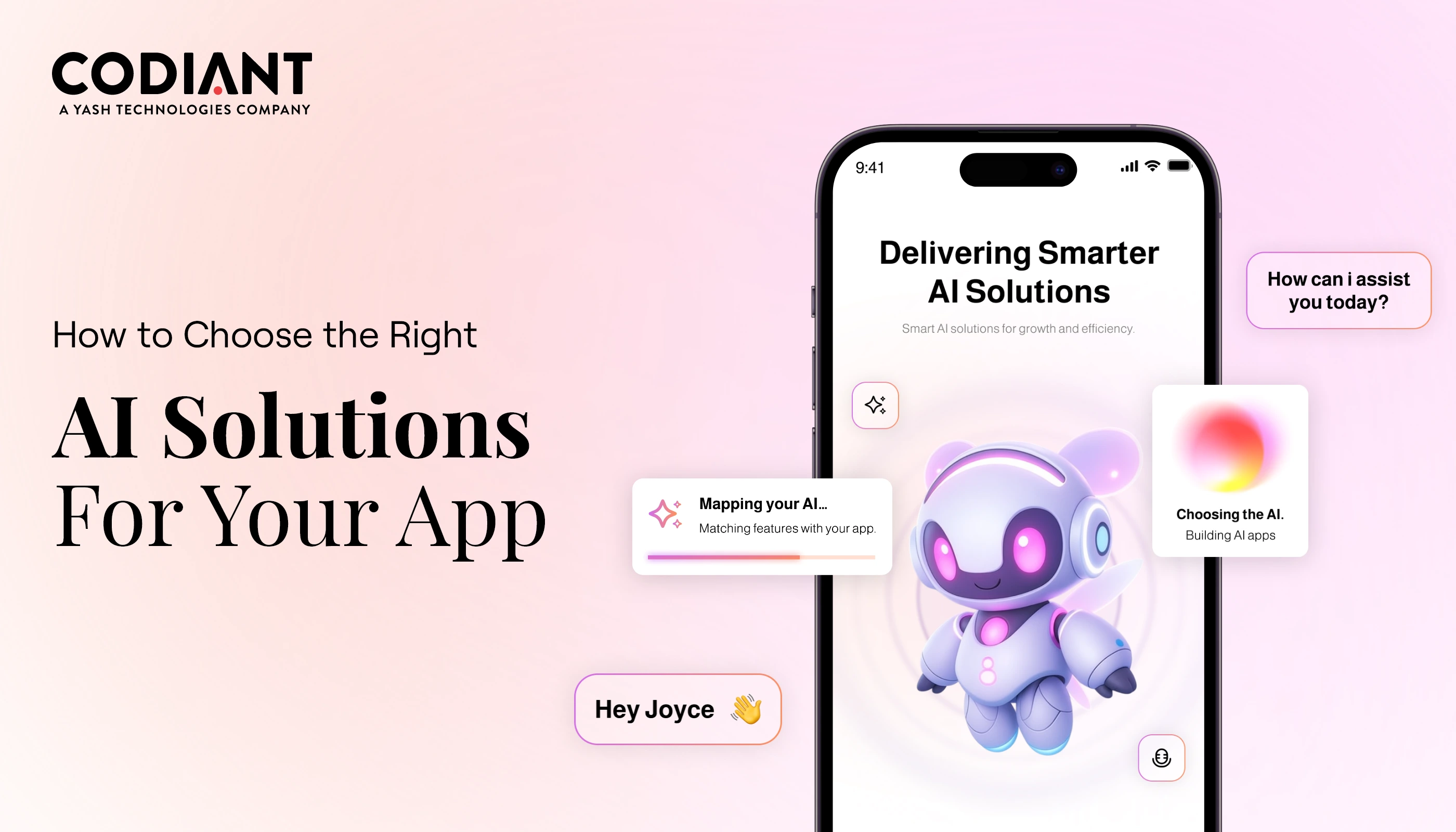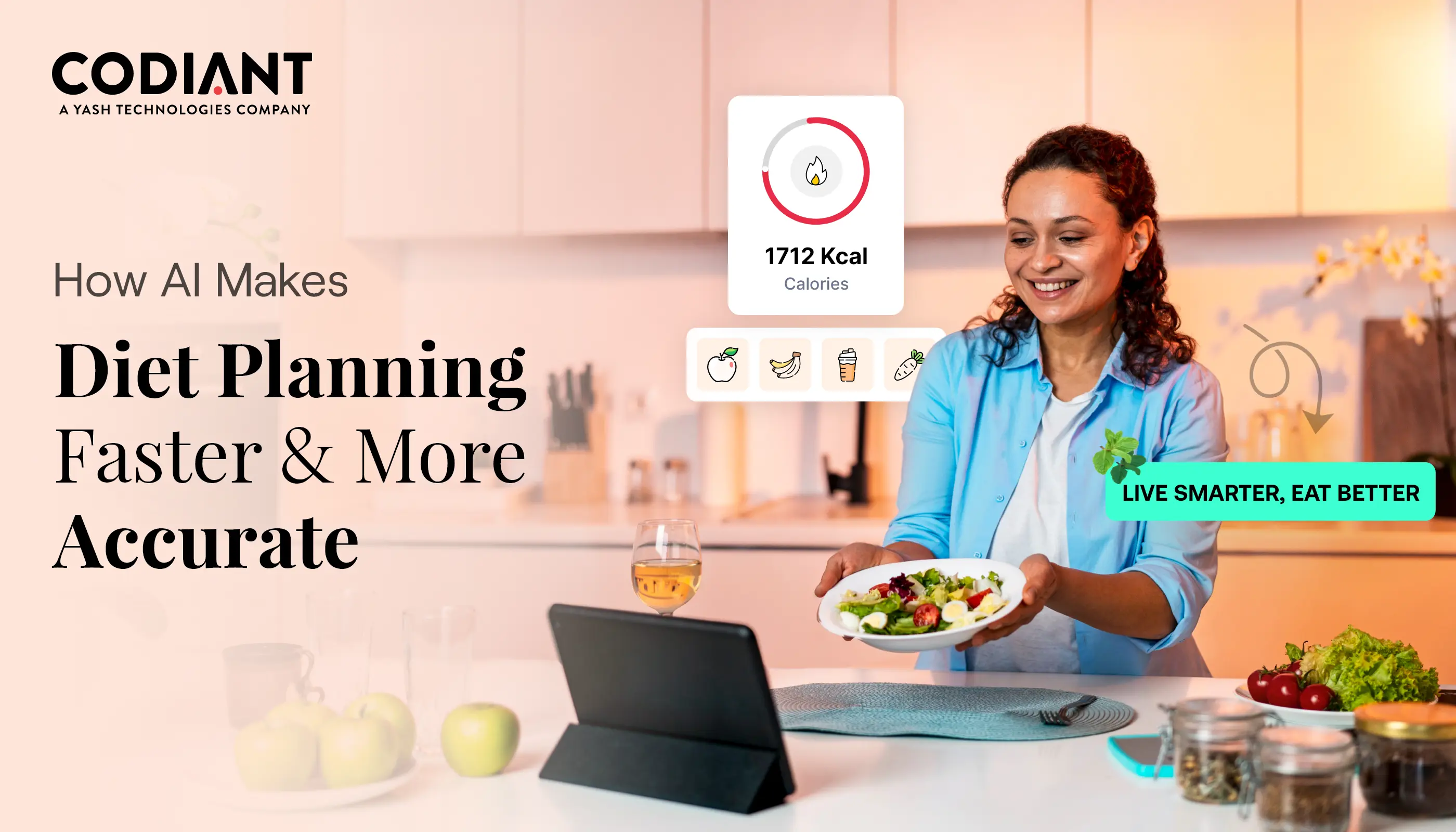Selecting the Right Mobile App Tech Stack: A Comprehensive Guide
Table of Contents
Subscribe To Our Newsletter

App is the key element that helps users discover things they didn’t realize they needed before. A diverse variety of apps cater to the needs and requirements of the masses.
In recent years, the demand for apps has seen a drastic boom in the market. Therefore, the mobile app development industry is expanding at an exaggerated rate.
However, 0.01% is the app’s success rate, in short, only 1 out of 10,000 apps is successful. The reason behind this is the tech stack used for app development. Whatever technology stack is selected, will eventually decide the future of the mobile app’s success.
Over the last few years, businesses have understood the significance of choosing the right mobile app technology stack. Through this blog we strive to help struggling businesses and developers select the most apt app stack for Android and other apps.
So, without further delay let’s get started!
Understanding Mobile Development Technology Stacks
Simply put, tech stack aka technology stack is a bunch of technologies employed for the development of an application. It includes programming languages, databases, tools, frameworks, APIs, etc. comprising all layers and components that developers use to build apps.
Moving forward, these technology stacks consist of two main elements namely client-side and server-side. Both are responsible for creating a properly functioning tech stack.
- Client-side: It refers to anything that a user can see or engage with on a screen.
- Server-side: It refers to the inner workings of a website or app that a user can’t see.
These are divided into 4 components which are:

1. Front-end Development
The front-end tech stack is associated to the client’s side of the application. It is a component that promotes interface development through which users can interact with the app.
The main aim of this tech stack is to provide users with a seamless user experience, smoother interface, and accurate internal structures through proper design and format.
There are 3 principal elements of the front-end development stack that includes:
- Hyper Text Markup Language (HTML)
- Cascading Style Sheet (CSS)
- JavaScript
2. Back-end Development
The back-end tech stack is the server’s side of the application. It is a component that takes users’ data/inputs, processes it, and then turns it into an output. In short, backend is the backbone of an application.
Back-end is responsible for the security, data sorting, and logic creation that a user can’t view. It includes the following elements:
- Programming Languages
- Databases
- Frameworks
- Web Servers
3. Development Platform
A development platform caters as a foundation for businesses and developers to get the app developed, tested, and deployed for different platforms in a short span of time.
In short, it’s a third-party platform that businesses often prefer to buy or build the platforms for app development completion. It consists of technologies, tools, and languages such as:
- Software Development Kit (SDK) for Android & iOS
- Swift
- Java
- Objective-C
- Mobile Application Management tool (MAM)
4. Additional Needs
This component affects the performance, security, compatibility, and growth of the mobile applications. These include the additional needs of app development for flexibility, enhanced performance, and storage.
So now, when you got to know about tech stacks let us dive deeper. Why not uncover the different types of tech stacks?
Different types of the tech stack
Here are some of the top tech stacks you can consider:

1. LAMP
This tech stack is a set of 4 different software technologies, that developers use to create web applications. Web developers use this technology because it offers scalability, flexibility, enhanced performance, and cost-efficiency. LAMP simply stands for:
- Linux- The operating system Layer
- Apache- The web server layer (HTTP server)
- MySQL- The Database Layer
- PHP Development– The Scripting Layer (Programming language, it can also be Pearl or Python)
2. NET
This technology works on the basis of Microsoft’s.NET core. It is used to create lightweight and modern apps to run on Windows and Linux. It provides flexibility and scalability to the ASP.NET professionals that enables to provide better performance.
ASP.NET stands for Active Server Pages Network Enabled Technologies. It uses languages like HTML, CSS, and JavaScript.
3. MEAN
It is one of the well-known tech stacks. MEAN provides web developers with website creation ways using open-source technology and a single programming language. It is ideal for creating highly scalable, efficient, and fast apps. MEAN stands for:
- MongoDB- The database system
- Express.js- The backend web framework
- Angular.js- The front-end web framework
- Node.js- The server-side JavaScript
4. RUBY ON RAILS
Using the programming language Ruby under the MIT License, Ruby on Rails is a server-side web app development framework. It provides a default structure for a database, maintains web servers, and secures web pages. It is also known as Rails and works well with HTML, CSS, and JavaScript for creating User Interfaces.
5. MERN
MERN is similar to MEAN and MEVN, the only difference is React instead of Angular.js and Vue.js frameworks. The main benefit of React is its ability to use code on the browsers and servers. In addition, It is also known for its performance and flexibility in developing interactive User Interfaces.
- MongoDB- Document database
- Express.js- The back-end web framework
- React.js- The front-end web framework
- Node.js- The premier JavaScript web server
Since Android and iOS are two major operating systems, why not unveil some of the best tech stacks for both.
Best Tech Stack for Android Apps
What is an App Stack for Android?
It’s a set of tools, technologies, and frameworks that are put together to create a feature-rich app for Android OS. The primary components of the app stack for
Android are:
- Programming Language (Ex: Java, Kotlin)
- Development Framework (Ex: Android Studio)
- Technologies (Ex: PHP, Python, Node.js)
- Ul Framework (Ex: XML layout)
- Database (Ex: MySQL)
The Android applications development have more massive technology stacks. Therefore, let’s consider them first and understand the tools, frameworks, and programming languages used in the app stack for Android.
- Tools
- Android Studio
- Android Software Development Kit
- UI Frameworks
- Android UI
- Jetpack
- Programming Languages
- Java
- C++
- Kotlin
- Python
- Dart
- Adobe Phone Gap
Best Tech Stack for iOS Apps
Here are some tools, frameworks, and programming languages to consider for iOS app development:
- Tools
- XCode
- App code
- UI Frameworks
- UIKit
- Swift UI
- Programming Languages
- Objective-C
- Swift
- Flutter
- HTML5
- C#
How to select the right tech stack for mobile app development?
Instead of going ahead with the approach mentioned above, you also need to consider some factors. The best option is to consider a flexible and scalable tech stack combination to make your app compatible with multiple tools and devices.

- Define your app’s goal
Determining your app’s goal will help you make a large difference in the selection of tools and technology. Select tech stacks that match your project needs to keep the development simple yet efficient.
For instance, if you’re developing a high latency app that responds at speed, then the selection of tech stack will be different from the app having low latency needs.
- Complexity
It’s vital to understand the complexity of your app as it will massively affect the combination of technologies you need to integrate into your app’s vision.
The way your app interacts with mobile features and responsiveness on multiple mobile devices.
- Privacy & Security
One of the most critical aspects to look for is the security. As a result, these days the need for high security is increasing due to the rise in cyber-attacks.
If an app lacks with proper tech stack, then it can break the app’s security and ruin the brand image. This can eventually lead to leak the privacy of user’s data.
- Team’s Skill Set
Often, companies select the tech stack with high technology and tools. But, if the team is not aware or experienced with those tools, ultimately it reflects the development cost, time, and effort.
Therefore, it’s better to select the tech stacks where your development team has expertise. Choose technologies where your team is comfortable and possesses some skills.
- Scalability
With time, an application needs to expand and scale up with new features and advanced functionalities. Selecting a tech stack that will make the application scalable, handle the increasing number of users, and support the expansion of functionalities.
For example, if you’re thinking of developing an IoT-based application, then choosing the right stack is crucial.
- Budget
It is pivotal to consider your financial aspects well in advance. Choosing a tech stack that requires high costs will not be suitable if your budget is low.
Therefore, if you have a low budget, you can opt for cross-platform app development instead of native or any other app development. In addition, you can also look for ready-made apps, this will help in reduced development costs.
- Development Time
You should set a time when you want your app to be launched in the market. As per your deadline, choosing the tech stack, selecting a complex framework, and expecting it to finish on time can be illogical.
Therefore, if you don’t have much time, select a tech stack that requires less development time.
To sum up, it is quite challenging to understand and choose the right tech stack. However, these pointers could guide your decision in selecting the most relevant tools and technologies for your app development.
You can’t depend on tech stacks just because major companies use them, firstly, weigh your capabilities. Secondly, consider the positives and negatives of your tech stack, and then conclude.
Final Note
Moving forward with the latest technologies and trends is good to go. However, future planning releases are essential during an app’s development, here’s where the tech stack plays an important role.
If in case, you’re unsure about which tech stack will work best for you, you can find and hire a mobile app development company to get the required assistance. Codiant is a leading mobile and web app development company that can assist you with your project needs.
We can help you navigate to the best tech stack. Our extensively experienced team of professional developers will guide you through the entire development process.
Featured Blogs
Read our thoughts and insights on the latest tech and business trends
How AI Helps eCommerce Businesses Scale Faster: 10+ Proven Strategies
- December 4, 2025
- Artificial Intelligence E-commerce
Running an eCommerce business today means managing more products, more customers, and more data than most teams can handle manually. As order volumes rise, tasks like customer support, inventory planning, product discovery, and marketing start... Read more
How to Choose the Right AI Solutions for Your Existing App
- December 1, 2025
- Artificial Intelligence
Businesses today are under pressure to move faster, deliver personalized experiences, and operate with greater accuracy. This is why many enterprises and startups are now looking for ways to add AI features to their mobile... Read more
How to Enable AI for Smart Diet Planning and Client Progress Tracking
- November 26, 2025
- Artificial Intelligence
Smart diet planning and consistent progress tracking have become essential in a world where people want faster, more accurate ways to manage their health. Traditional methods like manual calorie counting or generic meal charts often... Read more





